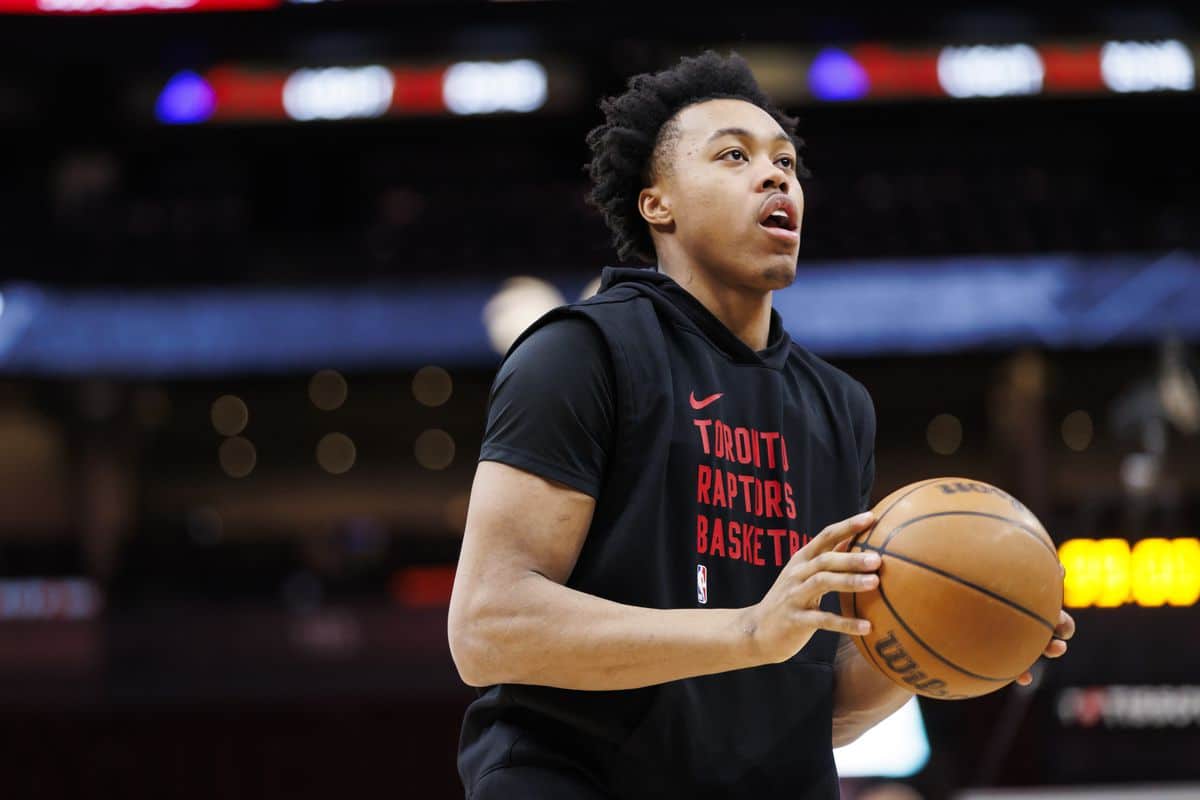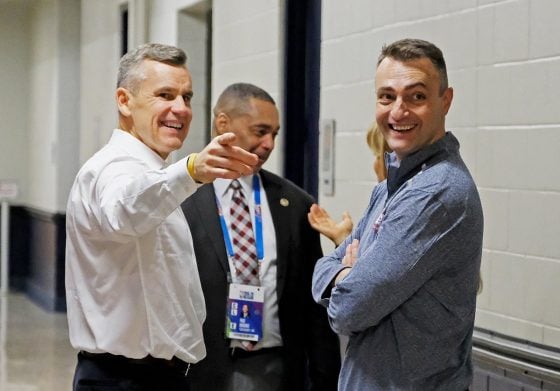What is the most interesting thing about a team going on a run in any sort of basketball game? Typical answers would probably include the seamless ball movement on display from a team on a fast break, or the pull-up triple that sets the crowd on fire. When the Boston Celtics charged ahead of the Charlotte Hornets for good in Wednesday’s 115-101 win, thanks in large part to a 16-point swing in the third quarter, the triples — three from Jayson Tatum, to be specific — were the thing most celebrated. Perhaps that’s because they played a key role in yet another phenomenal scoring night from Tatum (44 points, ho-hum). Or perhaps it’s because offense has always been the sport’s belle of the ball.
But in praising a team’s offensive ability as they go on a run, we far too often neglect the most pivotal cog to any great spurt: its defense. How does a team manage to go on a 16-0 run, like Boston did last night? By scoring in bunches, sure, but also by holding teams to few, if any buckets of their own. Lately, the Celtics have been doing both better than just about any other team in the league.
“It feels like we can figure it out and really zone in when we need to defensively and go on runs,” Ime Udoka said postgame.
Ask Tatum himself about what has defined Boston’s recent success, and he’ll be quite firm: “Defense defense, defense. Defense, defense, defense.”
Did you catch that? He’ll elaborate, just in case.
“Defense and playing the right way. That’s what turned our season around. Sometimes you have to take tough shots, but for most of the game, we play the right way and we move the ball and play defense.”
The stats back up Tatum’s hunch. Since January 1, his Celtics not only have the league’s best defensive rating (103.4), but its best net rating (11.7), too. That net rating is the only double-digit advantage in the league since the turn of the year. As for Boston’s defensive rating, it’s roughly four points better than the second-best Dallas Mavericks rating (107.1); that’s the same difference as there is between the Mavs and the 13th-best Minnesota Timberwolves (111.1). (For good measure, they also have the league’s second-best record (23-8). Just in case you wanted a sweetener to go with the rest of their recent accolades.)
“Held them to 101 tonight,” Tatum further noted. “I don’t know what we held other teams to, but I feel like we’ve been guarding pretty well. Obviously, against Brooklyn we gave up 120, but, the best players in the world, those guys are going to make shots. But on a nightly basis, that’s the key. Defense, defense, defense.”
Boston has just allowed their opponents to shoot a league-best 42 percent from the field since Jan. 1, and they’ve done so thanks to what sometimes looks like an unsustainable onslaught of energy in man-to-man settings. Players sprint into closeouts and stay upright when the opponent looks to make a move off the dribble. Last night against Charlotte, which boasts a bevy of capable on-ball players, primarily the shifty LaMelo Ball, the Celtics masqueraded as straight jackets on the defensive end for much of the second half.
They rendered many of Ball’s drives hopeless.
And when a Hornet did get to the rim, his shot was constantly subject to being erased and/or impacted by pressure.
One of the best compliments you can give a defense is that they force skilled players to alter their games, or better yet, that they force them to play uncomfortably. In the first of the three above clips, Derrick White and Tatum do exactly that to Ball. They charge at him on the three-point line, forcing him off balance, to the point where he almost throws the ball away. Though the Hornets are able to corral an offensive rebound following a missed three from Miles Bridges, the Celtics force an offensive foul on Montrezl Harrell later in the possession by crowding the restricted area, one of his favorite spots.
In the second clip, Ball just avoids the rim altogether. Robert Williams and Al Horford are enough of a deterrent to force the sophomore to attempt a hook shot not even Kareem would bother to launch (nevertheless, the prospect of it even coming close to going in it excited Eric Collins, Charlotte’s play-by-play announcer, to no end).
That shot doesn’t count as a turnover, but it may as well have. It only would’ve been an added bonus, considering the fact that the Celtics forced 16 Charlotte turnovers and converted them into 23 points. The Hornets were as unable to hold onto the ball as they were to put it in the basket; Boston limited the Hornets to 42.9 percent shooting from the field and 25 percent from long range.
“I think we had 10 turnovers early and it cost us going the other way,” Charlotte Hornets coach James Borrego said. “We just have to keep making the right reads, keep sharing it. The attention was there. The execution was poor.”
For the Celtics, both attention and execution have been front of mind since the top of the year. Do fans and team alike wish such a realization had come sooner? Sure. But it’s happening now, and it has the Celtics in a prime position to make life difficult for any team they encounter down the season’s homestretch and the playoffs.
“I like where we at the last 15 games or so,” Tatum said. “We’re gonna keep playing the right way. Keep doing what we’re trying to do.”





